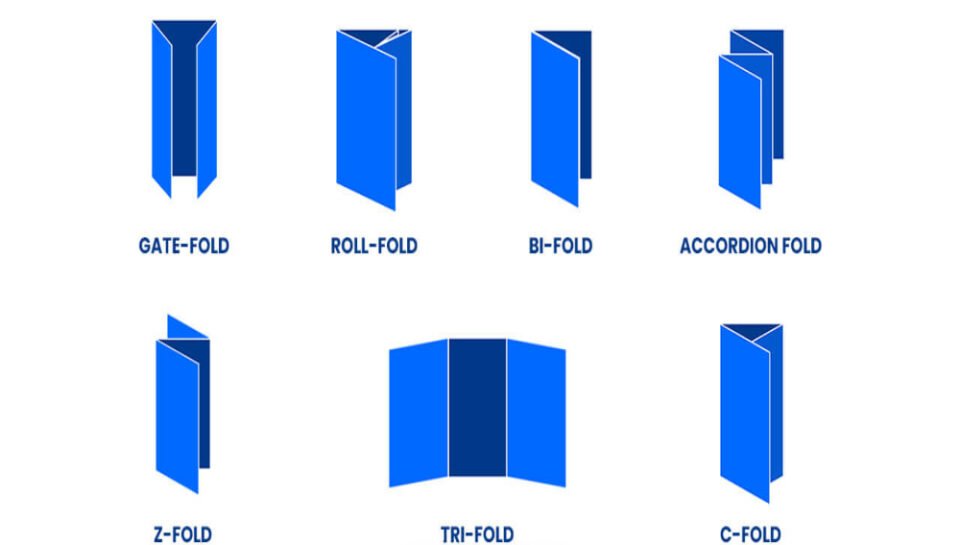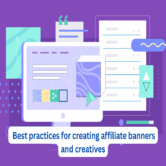
Define the various types of brochure folds and their uses.
Introduction
The fold of a brochure is more than just a structural feature—it shapes how information is presented, how readers interact with content, and how visually engaging the piece becomes. Different folding styles serve different marketing goals, audiences, and design intentions. Choosing the right fold depends on the message complexity, the amount of content, and the desired user experience. Understanding the various types of brochure folds can help marketers and designers select the most effective layout for communication and brand impact.
Half Fold
Also known as a single fold, the half fold divides the brochure into two equal sections like a book. It creates four panels—front cover, back cover, and two internal pages. This fold is ideal for simple presentations, such as corporate introductions, event invitations, or product overviews. Its clean structure makes it easy to read and navigate.
Tri-Fold
The tri-fold brochure is one of the most popular formats. It folds the paper into three vertical sections, creating six panels. This structure is perfect for step-by-step explanations, service breakdowns, or promotional campaigns. The tri-fold’s balance of space and segmentation makes it effective for storytelling and product detail layouts.
Z-Fold
The Z-fold, also called a zig-zag fold, has three panels that open in a “Z” shape. It is ideal for brochures that require separate, equally important sections such as service comparisons, travel itineraries, or process flows. The Z-fold allows content to be unfolded in a sequential, user-guided manner.
Gate Fold
A gate fold brochure has two side panels that open like doors to reveal a larger center panel. This fold is visually impactful and used for luxury branding, high-end product showcases, or event invitations. The center panel can feature a hero image, product reveal, or bold headline, making it perfect for dramatic presentations.
Double Parallel Fold
This brochure fold involves folding the paper in half and then in half again, creating eight panels. The double parallel fold is suitable for content-heavy pieces such as catalogs, instructional brochures, or detailed service guides. It offers ample space for structured content while maintaining a compact size.
Accordion Fold
An accordion fold uses multiple panels that fold in alternating directions like an accordion. This format can include four, six, or more panels. It is often used for timelines, tutorials, or information-heavy designs where users benefit from a linear, step-by-step visual flow.
Roll Fold
A roll fold brochure folds inward panel by panel, like rolling a scroll. This creates multiple hidden sections that are revealed in a specific order. Roll folds are ideal for brochures that follow a clear narrative or build-up, such as product journeys, brand histories, or onboarding steps.
Cross Fold
The cross fold, or French fold, folds a sheet in half horizontally and then vertically, resulting in eight compact panels. It is commonly used for maps, event programs, and infographics where users unfold the brochure in stages. It’s also suitable for designs with large central graphics.
Die-Cut and Custom Folds
Beyond standard folds, some brochures incorporate die-cut or custom folds to enhance interactivity and creativity. These formats are used in high-impact campaigns where uniqueness and tactile engagement are key. Custom folds allow brands to stand out and deliver memorable experiences.
Conclusion
Brochure folds are functional design choices that influence how information is revealed, retained, and interacted with. Each type offers different benefits—from simplicity and order to creativity and engagement. Selecting the right fold enhances content delivery and ensures the brochure meets both practical and branding objectives. Understanding these formats empowers marketers and designers to communicate more effectively and leave lasting impressions.
Hashtags
#BrochureFolds #TriFoldBrochure #GateFold #ZFoldBrochure #AccordionFold #HalfFold #DoubleParallelFold #RollFold #CrossFold #BrochureDesign #PrintMarketing #MarketingCollateral #DesignFormats #PrintDesignTips #CreativeBrochures #FoldedBrochures #VisualCommunication #BrandMessaging #MarketingDesign #CustomBrochures #TactileDesign #BrochurePrinting #ProductPresentation #PromotionalMaterials #MarketingEssentials





